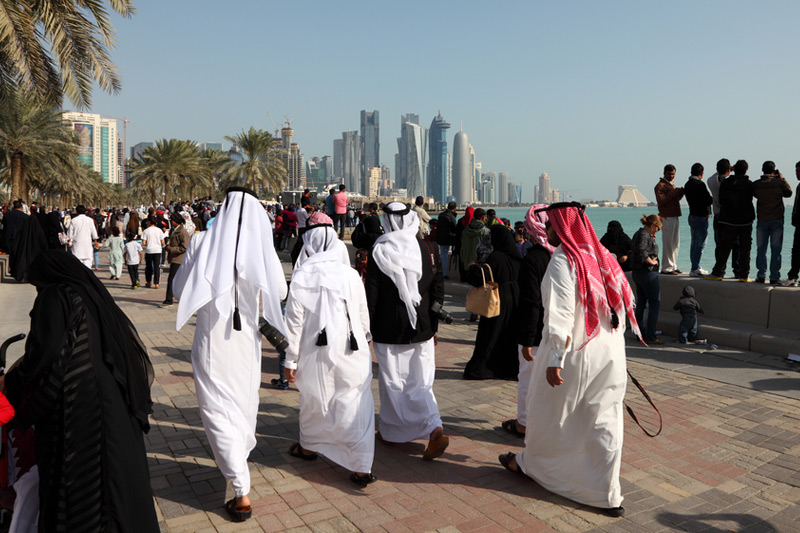(Bloomberg) -- Saudi Arabia rejected concerns that it’s planning to oversupply global oil markets and said it will actually trim crude exports next month.
Under pressure from U.S. President Donald Trump to cool rallying prices, the kingdom bolstered production by the most in three years last month, pumping almost 10.5 million barrels a day. Yet it signaled on Thursday that it won’t go any further for now, saying exports this month will be “roughly equal” to June, and will drop by 100,000 barrels a day in August.
“Saudi Arabia only exports barrels that are earmarked to match confirmed lifting requests by end users, and does not try to push oil into the market beyond its customers’ needs,” the Energy Ministry said in a statement, citing Saudi Arabia’s liaison to OPEC, Adeeb Al-Aama. Oil prices reversed losses, rising briefly above $70 a barrel in New York.
The world’s largest oil exporter is fulfilling a pledge made in late June that the Organization of Petroleum Exporting Countries and allies including Russia would raise output by about 1 million barrels a day. The result has been a retreat of about 6 percent in oil prices this month, helped by escalating trade tensions between the U.S. and China and signs that supply disruptions in countries including Libya might not be as bad as initially feared.
Output Plans
Even with higher Saudi output, international markets are “well-balanced” this quarter, according to Al-Aama. Stockpiles are set to decline in the second half of the year because of robust demand and seasonal increases in consumption, he said.
Holding production steady from June to July would mean shipping less crude than Saudi Arabia indicated after the OPEC deal. The kingdom initially planned to reach record output of 10.8 million barrels a day, people briefed on production policy said late last month, although that level was always dependent on the strength of domestic and international demand.
There’s still some discord within OPEC and its partners over how much oil should be added to the market. The Saudis and Russians said they would implement an increase of about 1 million barrels a day, but Iran, which is seeing customers flee because of U.S. sanctions, insists it should be much less.
There’s also plenty of external pressure. The group faces twin threats from the U.S. -- exhortations from the president to pump more crude, plus a bill working its way through Congress that could expose the cartel to lawsuits.
Trump’s tweets have been a particular source of turbulence for Saudi efforts to balance the oil market. The president has repeatedly used the social media service to accuse OPEC of artificially inflating oil prices, while demanding behind the scenes that its members boost production to replace production halted by U.S. sanctions on Iran. Earlier this month, heclaimed the kingdom had agreed to produce at maximum capacity of 12 million barrels a day, an assertion the White House later walked back.
(Updates with production plans in sixth paragraph.)
